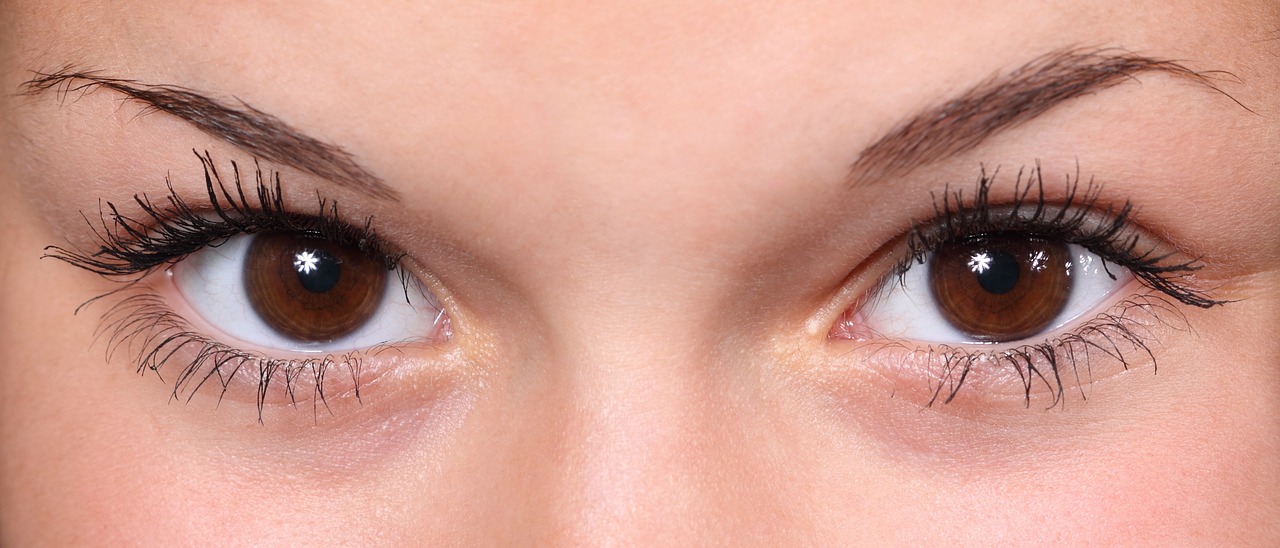For a more detailed explanation of these conditions, including causes, diagnosis and possible treatments, as well as other articles of interest please refer to our Eyecare News Page.
Anterior Uveitis
Anterior uveitis is an inflammation of the middle layer of the eye, which includes the iris and adjacent tissue, known as the ciliary body.
Astigmatism
Astigmatism is a vision condition in which light entering the eye is unable to be brought to a single focus, resulting in vision being blurred at all distances. Astigmatism is not a disease, but rather, a vision condition that is quite common. It often occurs in conjunction with other refractive errors like nearsightedness and farsightedness.
Cataract
A clouding that develops in the crystalline lens or it’s envelope, typically age-related, but more frequent in diabetics and in certain medication use. Cataracts can cause a significant change in eyeglass prescription and eventual vision loss. The only treatment is surgical removal.
Color Deficiency
Color deficiency occurs when your ability to distinguish certain colors and shades is less than normal. The term “color blind” is often used, but usually incorrectly. Only a very small number of people are completely unable to identify any colors.
Dry Eyes
The tears your eyes normally produce are necessary for overall eye health and clear vision. Dry eye occurs when your eyes do not produce enough tears or produce tears which do not have the proper chemical composition.
Farsightedness (Hyperopia)
Farsightedness, or hyperopia, as it is medically termed, is a vision condition in which distant objects are usually seen clearly, but, close ones are not brought into proper focus.
Glaucoma
Glaucoma is an eye disease in which the internal fluid pressure of your eye rises to a point that the optic nerve is damaged. The pressure that builds up is usually due to inadequate drainage of fluid normally produced in your eyes. Glaucoma is one of the leading causes of blindness in the U.S.
Amblyopia (Lazy Eye)
Amblyopia (lazy eye) is the loss or lack of development of vision in an eye that is unrelated to any eye health problem. The brain, for some reason, does not acknowledge the images seen by the amblyopic eye. Reduced vision due to amblyopia is not correctable with lenses alone.
Macular degeneration
Macular degeneration is an eye disease that occurs when there are changes to the macula. The Macula is a small portion of the retina that is located on the inside back layer of the eye. It reduces central vision and makes seeing details for close work, like reading or sewing, difficult or impossible. Macular degeneration is the leading cause of vision loss among people over age 50.
Near-sighted (Myopia)
A visual condition in which an unfocused eye has blurred far vision and clear near vision.
Ocular hypertension
Ocular hypertension is an elevation of the pressure in the eye above the range considered normal with no detectable changes in vision or damage to the structures of the eye. The term is used to distinguish patients with above normal pressure from those who have glaucoma, a progressive disease of the eye. The cause of ocular hypertension is unknown.
Pinguecula
A yellowish-beige deposit seen on the white of the eye, within the opening of the eyelids. These are caused by UV light irritation and are generally considered harmless.
Pink-eye
A general term which typically refers to an inflammation or infection of the conjunctiva (a clear membrane covering the white of the eye and the inside of the eyelids). This is often caused by allergies, bacteria or virus, but may have other causes as well.
Presbyopia
A gradual loss of near focusing ability that occurs with increasing age, typically affecting a person in their early to mid forties.
Pterygium
Similar to a pinguecula, but this deposit grows over the cornea. They may affect vision by causing astigmatism or blocking the pupil. They can be surgically removed.
Spots and Floaters
Spots (often called floaters) are small, semi-transparent or cloudy specks or particles within the fluid inside the eye that become noticeable when they move within the line of sight. They may also appear with flashes of light.
Strabismus (Crossed Eyes)
Strabismus, more commonly known as crossed-eyes, is a vision condition in which your eyes are not properly aligned with each other.
For a variety of reasons, one or both of your eyes alternately turn in, out, up or down when looking at objects in the distance, up close or both.

